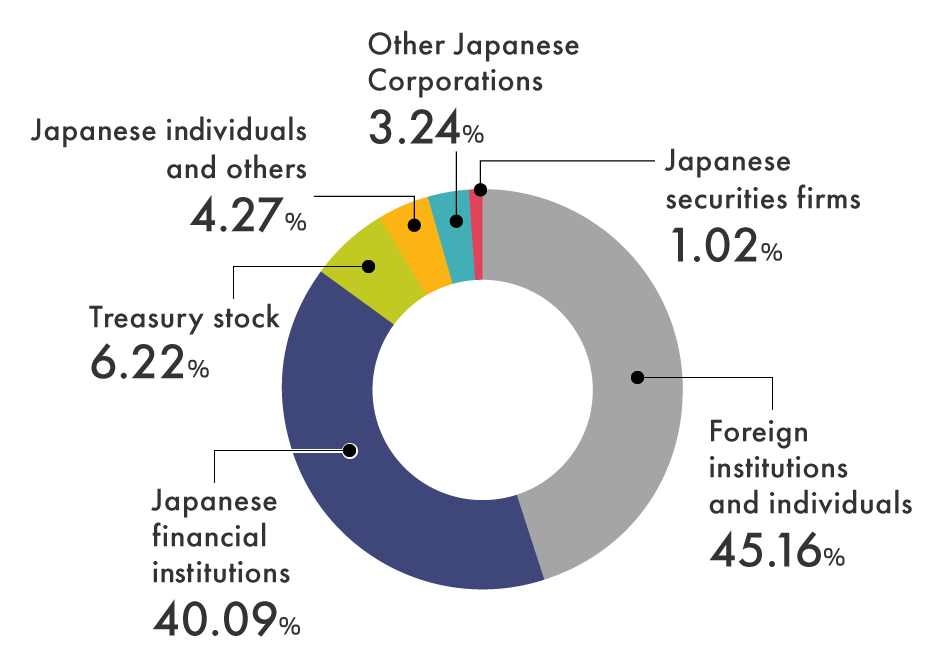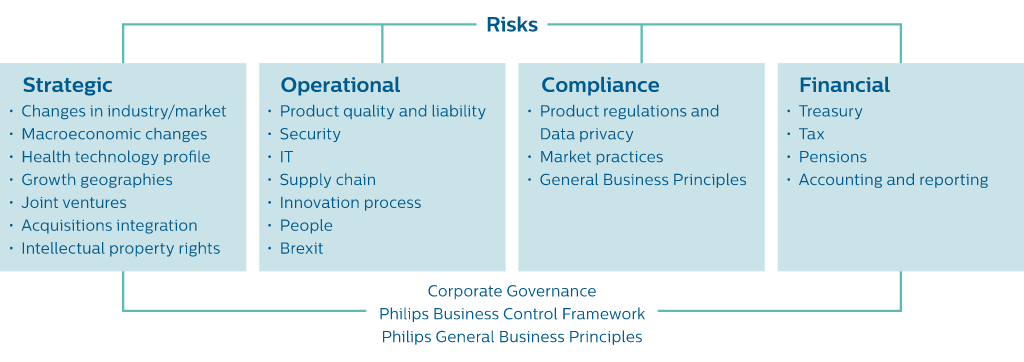
However, it doesn’t receive payment for 30 days, as per its agreed credit terms. Small businesses that need to closely track accounts receivable, how to post journal entries to the general ledger examples and more inventory or major liabilities, like loans. Under the accrual method, the $5,000 is recorded as revenue as of the day the sale was made, though you may receive the money a few days, weeks, or even months later.
You can switch to cash by simply choosing the option in the Report Type menu. In Quickbooks, you can choose either Cash or Accrual as your accounting method. You can also run reports what do cash flow statements have to do with liquidity chron com that use either method, so you can compare how your finances look with each. These articles and related content is the property of The Sage Group plc or its contractors or its licensors (“Sage”). Please do not copy, reproduce, modify, distribute or disburse without express consent from Sage.These articles and related content is provided as a general guidance for informational purposes only.
What Is the Difference Between Cash Basis and Accrual Accounting?
The Tax Cuts and Jobs Act increased the number of small business taxpayers entitled to use the cash basis accounting method. For 2024, small business taxpayers with average annual gross receipts of $30 million or less in the prior three-year period can use it. However, the cash basis method might overstate the health of a company that is cash-rich.
FreshBooks is an accounting software service with affordable tier options aimed at freelancers and small businesses. FreshBooks offers all the essentials through a simple and intuitive design. Fortunately, there are plenty of options for maintaining pristine financial records, freeing businesses of every size from having to do so manually. There are bookkeeping services or software options that work best with cash-basis accounting. This article explores how cash and accrual accounting work, their benefits and disadvantages, the best software tools for each option and which accounting method works best for what types of businesses. The accrual method records accounts receivables and payables and, as a result, can provide a more accurate picture of the profitability of a company, particularly in the long term.
The key advantage of the cash method is fully loaded cost its simplicity—it only accounts for cash paid or received. Another disadvantage of the accrual method is that it can be more complicated to use since it’s necessary to account for items like unearned revenue and prepaid expenses. Under an accrual accounting system, expenses are also recorded when you are billed. Using the scenario above, if you perform services for your client and bill them today, the revenue from that service is recognized today, not when the money is received.
Ask a question about your financial situation providing as much detail as possible. Our team of reviewers are established professionals with decades of experience in areas of personal finance and hold many advanced degrees and certifications. Depending on the nature of your business, and after considering each aspect of the methods described above, you should be able to choose the best-suited approach.
- The finance team issues an invoice for £3,000 and uses the date of the invoice to account for the transaction in the accounts receivable part of the accounting software.
- These articles and related content is the property of The Sage Group plc or its contractors or its licensors (“Sage”).
- Ultimately, the right accounting method for you will depend on your business’s needs and whether you plan to track accounts receivable and payable.
- To change accounting methods, you need to file Form 3115 to get approval from the IRS.
Cash vs. accrual accounting: pros and cons

It’s also hard to get business financing if you’re using cash basis accounting because it’s difficult to see the financial health of the company. Additionally, accrual-basis accounting offers a complete and accurate picture that cannot be manipulated. When evaluating a company based on exactly when cash is on hand or paid out, it is easier to misconstrue the financial state of a business. The accrual-basis approach forces everything to be accounted for in a timely manner. Businesses using the accrual method to keep an accurate picture of accounts payable and receivable will maintain their ledgers according to the current status of a bill or invoice.
Cash Basis Accounting: Definition, Example, Vs. Accrual
A construction company secures a major contract but will only receive compensation upon completion of the project. Using cash-basis accounting, the company is only able to recognize the revenue upon project completion, which is when cash is received. However, during the project, it records the project’s expenses as they are being paid. If the project’s time span is greater than one year, the company’s income statements will appear misleading as they show the company incurring large losses one year followed by great gains the next.
Ideally, cash basis accounting should be implemented by small businesses and accrual accounting should be used in large or publicly traded companies. As such, cash basis accounting doesn’t inform us about unpaid invoices and expenses. Many accounting software platforms offer users the option to choose either cash or accrual basis accounting. One important thing to note, however, is that accrual basis accounting does not give you an accurate picture of your cash flow.
